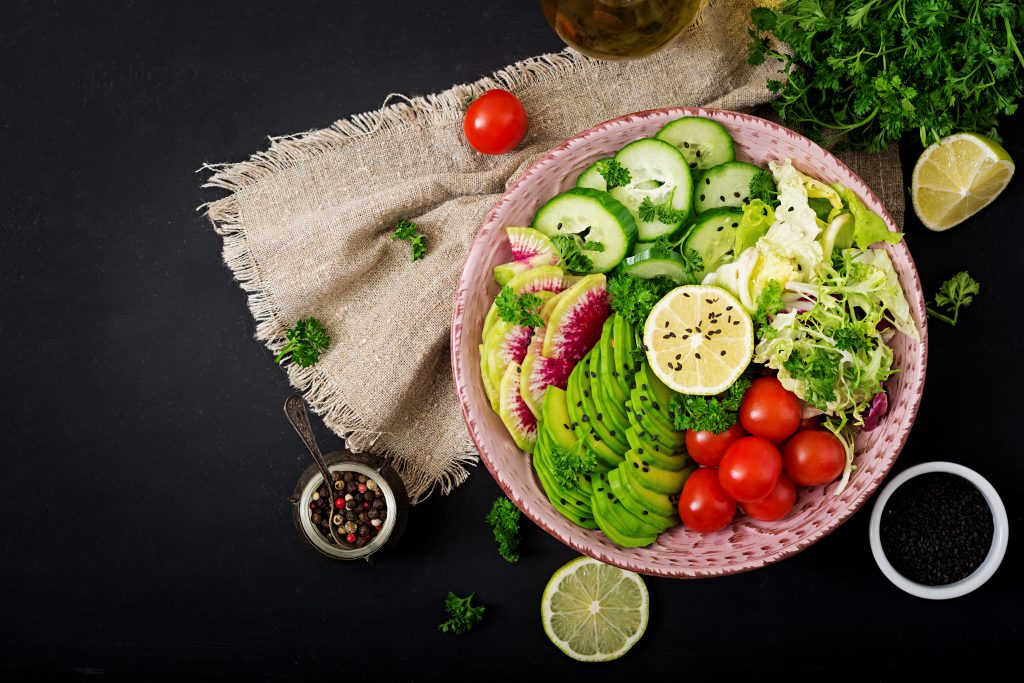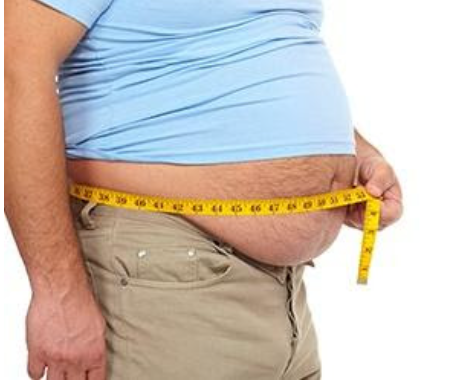If you’ve done any amount of research on the best diet for diabetes, you’ve no doubt noticed they all focus on weight loss. But have you also noticed most of them are high in carbohydrates? I don’t know about you, but telling a diabetic to eat whole wheat toast instead of white toast, or to have a bowl of oatmeal in the morning with fruit has never made sense to me.
The only diet that makes sense in the management and reversal of diabetes is one that cuts out the carbs and replaces those carbs with fat!
Why Going Keto Makes the Most Sense
Now you may be thinking, “But if I’m supposed to lose weight, eating a lot of fat isn’t the way to go.” But you’re only thinking that because we have all been fed a big FAT lie!
For years, mainstream dietary advice has been to avoid saturated fats found in meat and dairy products. In fact, we have been told for decades that the healthiest diet for weight loss and the prevention of disease is a low-fat diet.
But after decades of eating low fat diets, what happened? Incidences of heart disease, hypertension and type 2 diabetes skyrocketed. Why did this happen?
Well, when you take fat out of the diet, you must replace it with something, and most people replaced it with more carbohydrates. So in reality, a low fat diet is really a high carbohydrate diet in disguise.
Let’s take a look at why a low-fat high-carbohydrate is NOT the ideal diet for diabetics:
When you eat any carbohydrate, whether it comes from a donut or a bowl of “healthy” oatmeal, those carbohydrates are converted into simple sugars during digestion. These sugars enter the bloodstream and spike your blood sugar levels, requiring your body to make more and more insulin. Over time, these constant and dramatic blood sugar spikes can cause your pancreas to stop producing enough insulin to handle all of the sugar constantly coming in.
So what happens? Well, most people don’t change their diet. They instead get a prescription from their doctor to inject insulin, and they continue to eat hundreds of carbohydrates a day.
Doesn’t it make more sense to reduce carbohydrate intake when your body can’t handle so many carbohydrates? Studies would suggest so.
A study out of the UK and published in the 2005 edition of Diabetic Medicine found that restricting carbohydrate intake is very effective for weight loss and improving HDL ratios.
Another study conducted by a research group out of Duke University Medical Center compared a keto diet versus a low-glycemic index diet on glycemic control in type 2 diabetes patients. The findings showed the keto diet “proved superior for managing diabetes, reducing swings in blood sugar levels and reducing medication use.”
Keto just makes sense in managing and even reversing type 2 diabetes. By cutting your carbs to very low proportions, maintaining a moderate protein intake and upping your healthy fats, you help your body reduce its need for insulin AND turn your body into a fat burning machine.
Our bodies were designed to burn fat for fuel not carbohydrates for fuel. Putting your body into ketosis means your body can now switch to burning fat for fuel. Once this happens you will find your cravings for sugary foods dramatically decreases.
A Word About Ketosis and Diabetes
There is a lot of confusion when the discussion of ketosis and diabetes comes up. That’s because the word ketosis, which describes a benign, if not highly beneficial process, is very similar to the word ketoacidosis, which is a complication of type 1 diabetes. Let’s look at the two a bit deeper.
Ketoacidosis refers to diabetic ketoacidosis (DKA), a life-threatening condition resulting from dangerously high levels of ketones and blood sugar. The combination of these two high levels causes the blood to become too acidic, which can then damage internal organs like the liver and kidneys. DKA requires prompt treatment or there is potential for death.
While DKA can happen to people with type 2 diabetes, the majority of cases are in people with type 1 diabetes. DKA can come on in a short period of time, as little as 24 hours. Different things can lead to the development of DKA including illness, improper diet and not taking an adequate dosage of insulin.
Ketosis, on the other hand, simply refers to a state your body is in when there is a presence of ketones. Ketones are byproducts of the body breaking down fat for energy. This can occur when a person fasts or when their carbohydrate intake is very low, requiring them to use fat for fuel.
Ketosis is not harmful and the levels of ketones in the blood are nowhere near what they would be if a person were experiencing DKA. Ketones are simply an indicator that your body is burning stored fat.
Foods to Eat on the Keto Diet
A keto diet means you eat high fat (healthy fats), moderate protein and very low carbs, generally under 30 grams of carbs a day. Consider that the typical American eats between 300-500 grams of carbs a day. You can see why we have an obesity and disease epidemic!
Here are some foods that are keto friendly and you can enjoy:
- Meats like beef, lamb, pork and poultry. Feel free to eat fatty cuts of meat and leave the chicken skin on. If your budget allows, opt for grass-fed meats.
- Fish and shellfish. The best are fatty fish such as salmon and mackerel.
- Eggs
- Natural fats like butter and cream
- Other fats like coconut oil and olive oil
- Some veggies that grow above ground like cauliflower, broccoli, cabbage and Brussels sprouts, kale, collards, okra, spinach, asparagus, zucchini, eggplant, olives, spinach, mushrooms, cucumber, lettuce are low in carbs.
- Avocado, which is technically a fruit, is fantastic. High in beneficial fats.
- Nuts
You will want to avoid high carb foods like sugary fruits, fruit juices, and processed foods made with refined sugars.
Admittedly, trying to stick to any diet can be difficult. It’s hard to keep coming up with meals that fit the right criteria and that you won’t get bored with. In fact, this is why so many people quit the keto diet. It’s too hard for them to come up with the right meal plans.
That’s why we are so pleased to offer our readers the Perfect Meal Plan. PMP has been designed by a doctor who has treated her own diabetic patients with a high fat, low carb diet plan and helped them reverse their disease.
Each month you’ll receive delicious meal recipes for every single day of the week. Plus, you’ll get a handy grocery shopping list that breaks down ingredients into sections of the store, so you can get in and out very quickly.
Best of all, this life-changing meal plan comes to you for less than the price of a sandwich. You just can’t beat that.
 Validating...
Validating... 





6 Comments